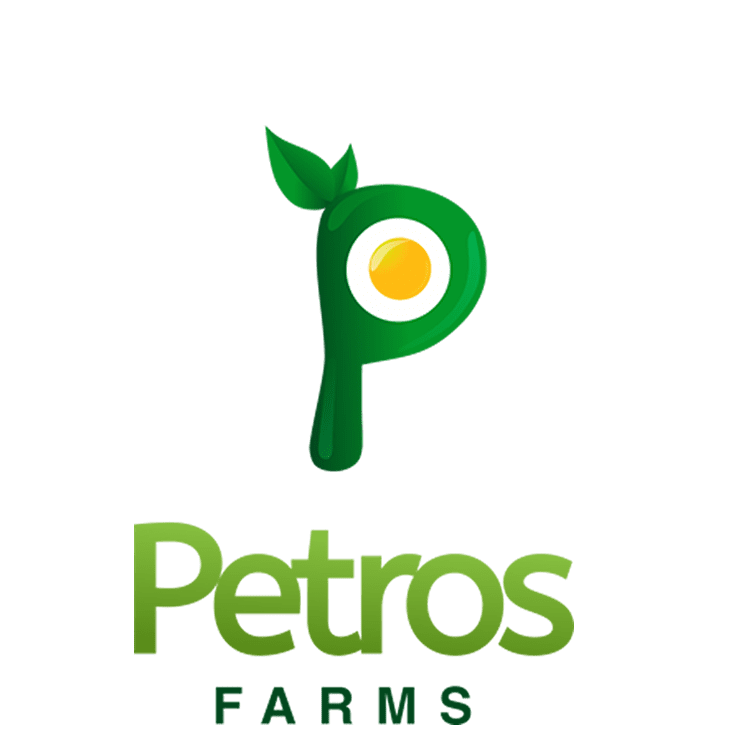02 Feb Broilers vs. Layers: Choosing the Right Profitable Poultry Business
Are you considering starting a poultry farm but unsure whether to rear broilers vs. layers? At Petros Farms, we understand the importance of making the right choice based on profitability, production, and sustainability. This guide explores the key differences between broilers vs. layers to help you make an informed decision.
Understanding Broilers and Layers
- Broilers are raised for meat production and grow rapidly within 6 to 8 weeks. They require high-protein feed for quick weight gain.
- Layers are bred for egg production, typically starting to lay eggs at 18-22 weeks. Their feed is optimized for sustained egg-laying rather than weight gain.
Key Differences Between Layers and Broilers
- Production Purpose: Layers produce eggs consistently, while broilers are raised for meat.
- Growth Rate: Broilers grow significantly faster and are ready for sale within weeks, whereas layers take months before producing eggs.
- Feed Cost & Nutrition: Broilers require high-energy feeds rich in protein, making their feeding more expensive. Layers consume lower-protein diets but require longer feeding cycles before becoming productive.
- Disease Susceptibility: Layers have longer lifespans, making them more prone to diseases over time. Broilers have shorter lifespans, reducing their exposure to long-term poultry illnesses.
- Profitability Timeline: Broilers generate faster returns (within 6-8 weeks), while layers provide long-term revenue through egg sales.
Which Poultry Farming Option is Best for You?
Your choice depends on market demand, capital investment, and business goals:
- If you want quick profits, broiler farming may be ideal due to its fast turnover.
- If you prefer consistent income, layer farming is the better option as eggs are always in demand.
- A hybrid approach, integrating broilers and layers, can diversify income sources.
Market Strategy & Profitability
- Egg Market: Egg production provides a steady income. However, egg prices are often regulated by market forces.
- Meat Market: Broilers must be sold at the right time to avoid prolonged feeding costs. Having a cold storage or frozen chicken outlet can maximize profitability.
Conclusion
Both broiler and layer farming can be highly profitable when managed efficiently. If you plan to run a poultry farm while living abroad, layers are the better option for long-term stability. At Petros Farms, we have extensive experience in managing poultry farms for owners in the diaspora. As the only poultry farm in Nigeria producing and promoting antibiotic-free poultry, we apply the best management practices to ensure healthier food for consumers. Whether you choose broiler or layer farming, understanding feeding, disease management, and market demand is key to long-term success.

Top 10 Key Takeaways
- What is the main difference between broilers and layers?
Broilers are raised for meat production and grow rapidly within 6-8 weeks, while layers are bred for egg production and start laying eggs at 18-22 weeks. - Which poultry business is more profitable, broilers or layers?
Both can be profitable, but broilers generate faster returns within weeks, while layers provide a long-term steady income through egg sales. - How long does it take for broilers to be ready for sale?
Broilers reach market weight in 6-8 weeks, making them a quick turnaround option for poultry farmers. - How long do layer chickens produce eggs?
Layers can produce eggs for 12-18 months before their productivity declines, after which they are sold as spent layers. - What type of feed is best for broilers and layers?Broilers require high-protein, energy-rich feed to support rapid growth, while layers need balanced calcium-rich feed to sustain egg production.
- Is it easier to start a broiler or layer poultry farm?
Broilers require less initial capital and expertise, making them easier for beginners. Layers require higher investment and management skills but provide long-term revenue. - Which poultry type requires more disease management?
Layers are more prone to diseases because they have a longer lifespan, requiring continuous vaccinations and biosecurity measures. - How many birds should I start with for a profitable poultry farm?
For broilers, you can start with 100-500 birds, while layers require at least 500-1000 birds to ensure profitable egg sales. - How do I market broilers and layers effectively?
Broilers should be sold at the right weight to avoid excess feed costs. Layers provide steady egg sales, but pricing is often controlled by market forces. - Can I combine broilers and layers on the same farm?
Yes, but they need separate housing and management due to different feeding, growth rates, and production cycles. Many farmers diversify by rearing both for multiple income streams.
Cheers.
Petros Farms
Share with:
